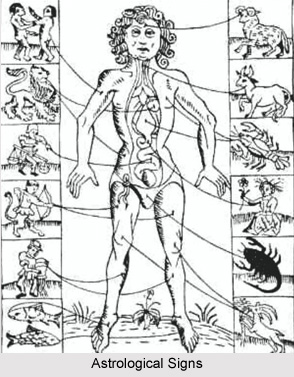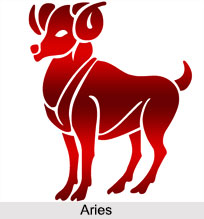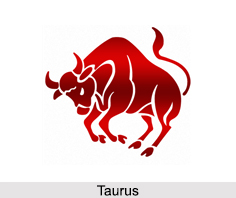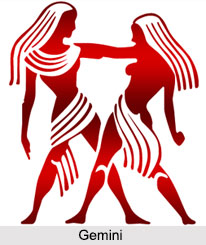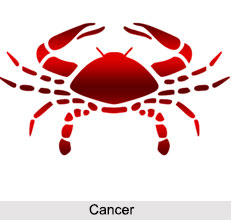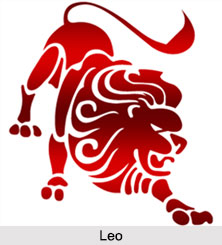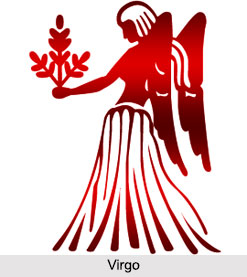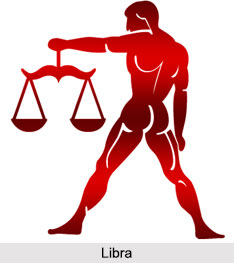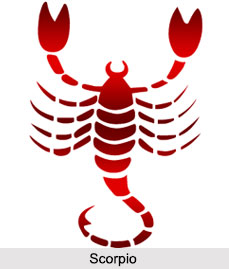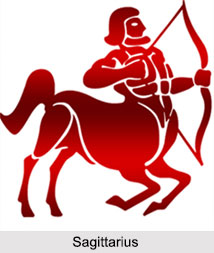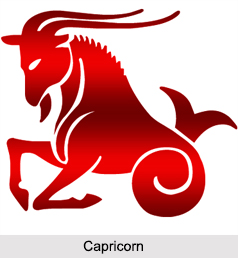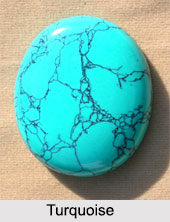 Turquoise is a gemstone that has been prized for many years. Turquoise is a hydrous copper aluminium silicate that occurs in microcrystalline nodules. It is rare and valuable in finer grades and has been prized as a gem and ornamental stone for thousands of years owing to its unique hue. Turquoise is one of the oldest protection amulets and was also known as a symbol of wealth in many ancient cultures. In the 13th century turquoise was thought to protect the wearer from falling, especially from horses.
Turquoise is a gemstone that has been prized for many years. Turquoise is a hydrous copper aluminium silicate that occurs in microcrystalline nodules. It is rare and valuable in finer grades and has been prized as a gem and ornamental stone for thousands of years owing to its unique hue. Turquoise is one of the oldest protection amulets and was also known as a symbol of wealth in many ancient cultures. In the 13th century turquoise was thought to protect the wearer from falling, especially from horses.
Turquoise gives strength, protection from harm, psychic sensitivity and connection to the spirit world as well. The turquoise is the symbol of friendship. It also brings peace to the home. This stone is a very personal and meaningful stone to one who wears it. Turquoise takes on the characteristics of the owner. Turquoise carries great wisdom of basic truth within it. It is one of the oldest stones known. Turquoise is the birthstone of Sagittarius for the month of December. The time ranges from Nov 21 - Dec 21. It is the anniversary gemstone for the 11th year of marriage.
Origin of Turquoise
The ancient Egyptians used turquoise in jewellery. The name "Turquoise" means "Turkish stone" as it came to Europe by way of Turkey. Turquoise was mined more than 6,000 years ago in Sinai. The best turquoise comes from Iran, but not much is exported now. Presently much turquoise comes from Mexico and the United States.
Appearance of Turquoise
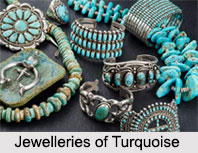 Turquoise is greenish-blue or pale sky blue. The copper content of turquoise is responsible for its blue colour, and the presence of iron accounts for a common greenish cast. The stone"s colour and lustre tend to deteriorate with exposure to sunlight, heat or various weak acids. Turquoise is relatively soft, thus scratches and sharp blows can become harmful. There are certain coatings that should not be removed. The finest Turquoise is an even blue, blue-green, or green colour with little or no mottling.
Turquoise is greenish-blue or pale sky blue. The copper content of turquoise is responsible for its blue colour, and the presence of iron accounts for a common greenish cast. The stone"s colour and lustre tend to deteriorate with exposure to sunlight, heat or various weak acids. Turquoise is relatively soft, thus scratches and sharp blows can become harmful. There are certain coatings that should not be removed. The finest Turquoise is an even blue, blue-green, or green colour with little or no mottling.
Colour of Turquoise
The colour of turquoise ranges from sky blue to various shades of green to greenish and yellowish grey. Turquoise is opaque except in the thinnest splinters and has a feeble, faintly waxy lustre.
Varieties of Turquoise
The different types of turquoise are based upon their treatments. Natural turquoise stones are taken from the mine as they are, cut into shapes, polished and set into jewellery. Stabilized turquoise is natural turquoise that will not hold a lustre or shine. Reconstituted turquoise is made from low-grade chalk turquoise that has been ground into a powder, mixed with epoxy and dyes and compressed into a solid form.
Benefits of Turquoise
Turquoise generally neutralizes over acidity, alleviates rheumatism, gout, stomach ailments, viral infections, increases growth, muscular strength, alleviates pain and relaxes cramps. It also contains anti-inflammatory and detoxifying effects. This stone should be used with copper to increase the power of turquoise.
Sometimes this is known as a truth stone, as it instigate the owner to be true to himself. This gemstone is a stone of self realization helping someone to better understand self ideas and emotions. The turquoise generally protects and blesses the user; this is one of the most versatile of the power stones. Turquoise works at the Throat Chakra enhancing communication skills. It also helps one develop natural powers.
Turquoise is believed by many to bestow wealth, good fortune and happiness upon its receiver. Turquoise has been thought to warn the wearer of danger or illness by changing colour.
